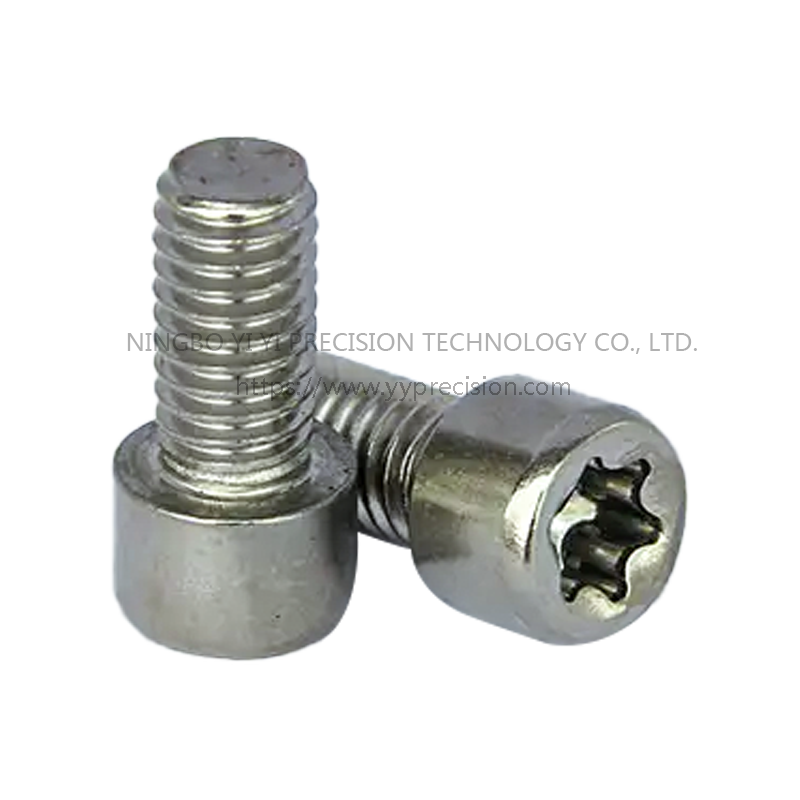The enhanced mechanical properties of
cold heading nuts are a key factor that distinguishes them from nuts produced through traditional manufacturing methods. The unique cold forming process imparts these nuts with exceptional strength, durability, and performance characteristics, making them indispensable components in various industries.
1. Grain Alignment:
One of the primary reasons for the superior mechanical properties of cold heading nuts is the alignment of the grain structure during the cold forming process. In traditional hot forging, the grains in the metal material can become elongated and uneven due to the application of high temperatures. In contrast, the cold heading process involves shaping the material under extremely high pressure at room temperature. This pressure aligns the grains in a uniform manner, resulting in a more compact and organized structure. The aligned grain structure contributes to increased tensile and yield strength, making cold heading nuts better equipped to handle heavy loads and stresses.
2. Work Hardening:
Cold heading involves the plastic deformation of metal material. As the metal is shaped under high pressure, it undergoes a process called work hardening or strain hardening. This process involves the creation of dislocations within the crystal lattice of the material. These dislocations impede the movement of atoms, making it more difficult for the material to deform further. This phenomenon contributes to the increased strength of the material, enhancing its load-bearing capabilities and overall durability.
3. Increased Density:
The compression that occurs during the cold heading process results in a higher material density. As the metal is compressed and shaped, it becomes more tightly packed. The increased density contributes to improved mechanical properties, including higher strength and greater resistance to deformation.
4. Reduced Porosity and Inclusions:
Traditional manufacturing methods, especially those involving casting or hot forging, can sometimes lead to the formation of porosity and inclusions within the material. These defects can weaken the material and compromise its mechanical properties. Cold heading, however, reduces the likelihood of such defects due to the controlled deformation process. The pressure applied during cold heading helps to eliminate voids and impurities, resulting in a more homogenous and structurally sound material.
5. Elimination of Heat-Related Weaknesses:
Heat-related weaknesses, such as annealing and recrystallization, are common concerns in materials that undergo high-temperature processes. Cold heading eliminates these weaknesses by avoiding the need for heating. Without the introduction of heat, the material's inherent properties remain unaffected, maintaining its original strength and hardness.
6. Customized Material Selection:
The cold heading process can be applied to a wide range of materials, including various grades of carbon steel, stainless steel, and non-ferrous metals. This flexibility in material selection allows engineers to choose the most suitable material for specific applications, taking into account factors such as corrosion resistance, temperature tolerance, and load-bearing requirements. The ability to select materials with desired properties further enhances the mechanical performance of cold heading nuts.

Cold Heading All Kinds Of Stainless Steel / Cold Heading Steel Bolts
Material:SUS304(1.4301)/SUS316(1.4404)/Cold Heading Steel
Specification:OD 10*M6 (According To Customer Size Can Be Customized)

